Greetings, future grandmasters! As a beginner, understanding your chess pieces – their names, their moves, and their values – is your first step towards mastering this age-old game.
Each piece, from the humble pawn to the mighty queen, has its own set of rules and strategic importance.
In this article, we’ll take a tour through the 32 warriors of your chess army, understand their roles, and learn how best to deploy them on your battlefield.

We’ll also uncover the rich history behind these pieces and discover the fascinating evolution they’ve undergone.
So, fasten your seatbelts; it’s time to dive deep into the world of chess pieces!
Names of Chess Pieces
Alright, let’s kick things off with the roll call of our star players on the chessboard.
King
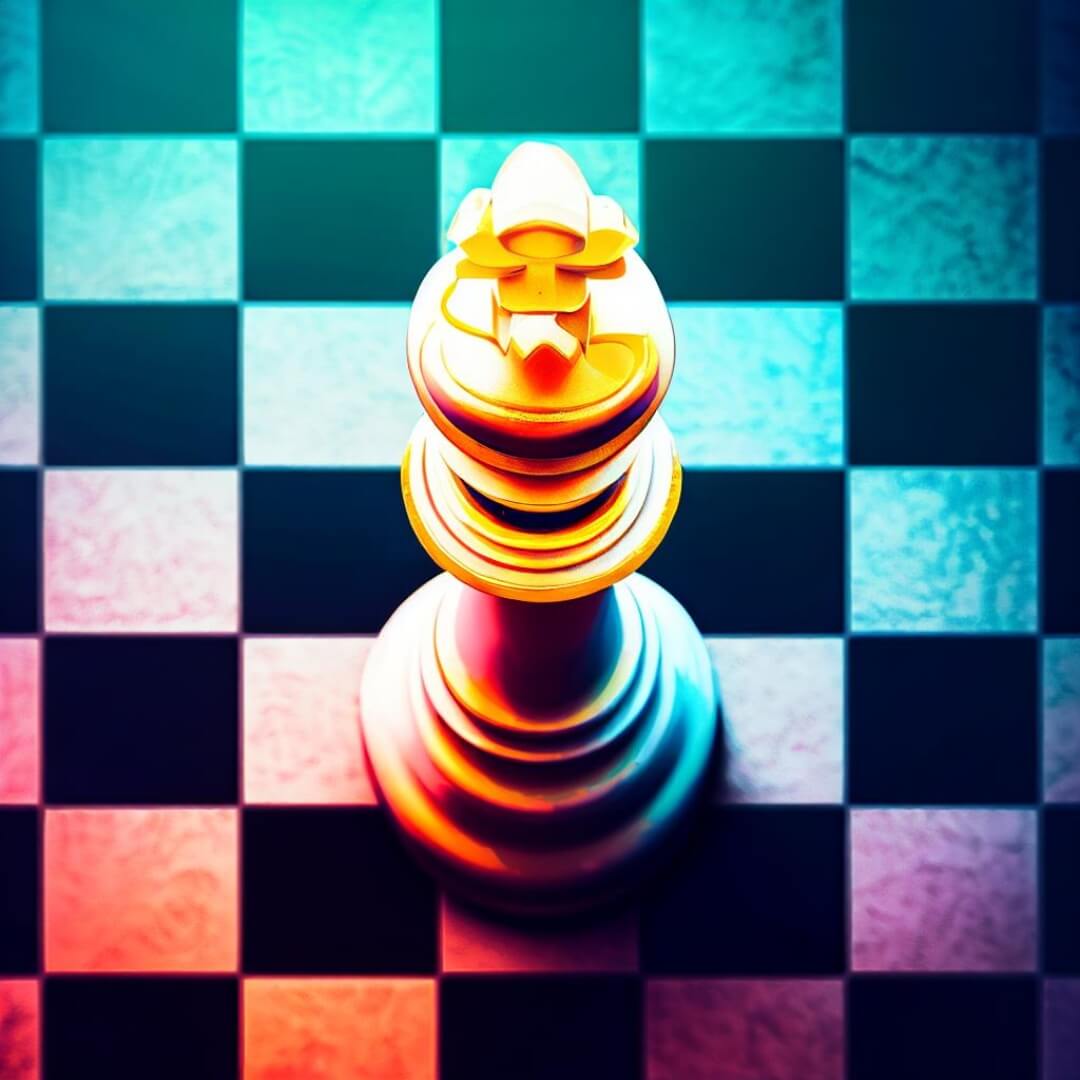
In chess, the King is the heart of the game.
Despite moving only one square in any direction, its survival is paramount – a checkmate against it signals the end of the game.
The King also participates in the special move ‘castling’, allowing for strategic defensive play.
Queen

The Queen is the powerhouse of the chessboard, commanding the most flexibility.
We will see exactly how she moves through the board below.
The Queen’s strength and range make her highly valuable, but it’s essential to utilize her wisely to prevent early capture and ensure control.
Rook

The Rook in chess is a cornerstone of strength and strategy.
The Rook’s straight-line movement and ability to reach any square given an open path make it a powerful piece.
Also, it participates in the special ‘castling’ move.
Bishop

The Bishop in chess is a long-range operator, gliding diagonally across the chessboard.
With two Bishops, one for each color of squares, they can control both dark and light squares.
Their long-sighted movements make them excellent at controlling and threatening vast areas of the chessboard from afar.
Knight

The Knight in chess is the board’s agile jumper.
Its unique ability to leap over other pieces, coupled with its distinctive movement pattern, makes the Knight a tricky and unpredictable piece in the strategic game of chess.
Pawn

In chess, the Pawn may seem humble but holds hidden potential.
It moves forward one square but captures diagonally.
Now we know the regal King, the powerful Queen, the clever Bishop, the agile Knight, the solid Rook, and let’s not forget, the humble yet formidable Pawn.
But here’s a brain-tickler for you.
Did you know the term ‘rook’ has its roots in the Persian word ‘rukh,’ which intriguingly translates to a chariot?
Quite a piece of trivia to unleash at your next chess tournament, right?
But that’s just the tip of the iceberg.
Each chess piece carries with it a rich, cultural history embedded in its name, a symbolic reflection of its unique role in the game.
Let’s march on and explore the quirky world of chess pieces in all their glory!
How Each Chess Piece Moves
Now onto the captivating dance moves of our distinguished chess pieces.
The beauty of chess lies in the diverse ways these pieces rule the board.
King Moves
The King, the centerpiece of the game, strolls in a leisurely fashion, one square at a time, in any direction he pleases.

Queen Moves
The Queen, with her imposing presence, is the supreme ruler of the chessboard, moving any number of squares along a rank, file, or diagonal, effectively owning the battlefield.

Bishop Moves
The Bishops, the arbiters of diagonal lines, glide seamlessly across the board, never deviating from their color.

Knight Moves
Knights, the gallant warriors of the game, prance around in an intriguing L-shape manner – two squares in one direction and one square at a right angle.

Rook Moves
The Rooks, ever the dependable castles, move any number of squares along a rank or file, providing a solid backbone to your chess strategy.

Pawn Moves
And finally, our unsung heroes, the Pawns, march straight ahead but display their combative spirit by capturing diagonally, always aspiring to cross the battlefield and reach their potential.
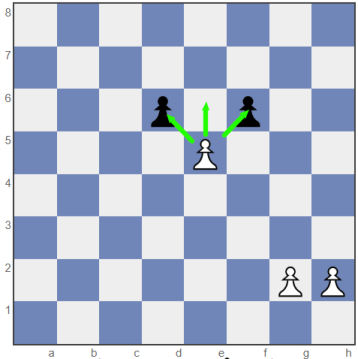
Feeling a bit dizzy with all these moves?
Don’t fret! Our interactive analysis board offers a fun and easy way to understand and remember how each chess piece moves.
The dance of the chess pieces is a marvel to witness once you know the steps. So let’s get those pieces moving!
Numeric and Relative Value of Each Chess Piece
In the world of chess, equality is a mere concept.
Each piece, as unique as they are, holds a distinct value, denoting its prowess on the chessboard.
However, this value has two sides to it – One numeric and one relative.
Numeric Value of the Pieces
The numeric value of the pieces goes from 1 to 9.
Numeric Value of the Queen
The Queen, the embodiment of power and versatility, unsurprisingly, tops the chart with a hefty 9 points.
Numeric Value of the Rook
The Rook, the robust castle, earns a respectable 5 points.
Numeric Value of the Bishop and Knight
It’s a tie between the Bishop and Knight, with their equally valued strategic potential awarding them 3 points each.
Numeric Value of the Pawns
Our courageous Pawns, while seemingly insignificant, carry a value of 1 point, proving that every piece, however small, has a role to play in the grand scheme of things.
Numeric Value of the King
As for our King, while his survival is paramount for the game (lose him, and it’s checkmate!), in terms of point value for chess purposes, he doesn’t really hold a score.
His importance is immeasurable, truly defining the phrase “priceless”.
The point value of chess pieces isn’t just arbitrary numbers.
They provide a guideline for making strategic decisions during the game, guiding you on when to make that risky sacrifice or when to hold your position.
Always remember, the game of chess is a delicate balance between power and strategy.
It’s not just about having valuable pieces, it’s about how you use them!
Relative Value of the Pieces
Oh boy, here we go.
Even though the numeric value of the pieces is most of the time representative of the actual power and capabilities of each piece, the value of a chess piece can increase or decrease dramatically depending on the position.
How is this possible?
Let’s see an example:
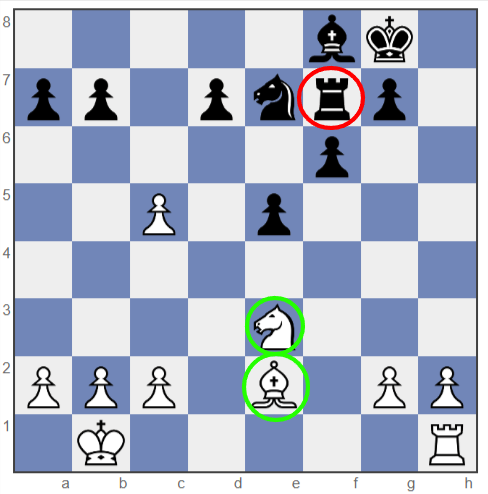
In the diagram above, the Knight, which is supposed to have a value of 3 points, is actually worth much more than the Rook, which is supposed to be 5 points.
And why is that?
Because in that specific position, the Rook simply has no mobility, no good squares to land on, and the Knight can jump freely from one square to another, creating a mess on Black’s position.
Starting Position of the Chess Pieces
Every epic battle has its own meticulously planned set-up, and chess is no exception.
The chess pieces line up at the dawn of each game, eager and ready for the forthcoming clash of strategies.
Their starting positions are more than just formalities, they’re the foundation of the chess game’s strategic depth.
Starting Position of the Pawns
Pawns, the dedicated foot soldiers, take their positions at the front lines, bracing for the first contact.
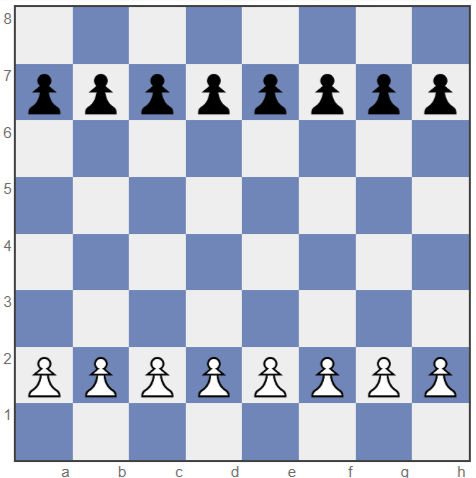
Starting Position of the Rooks
The mighty Rooks, those steadfast castles, are stationed at the corners, surveying the battlefield from a distance.
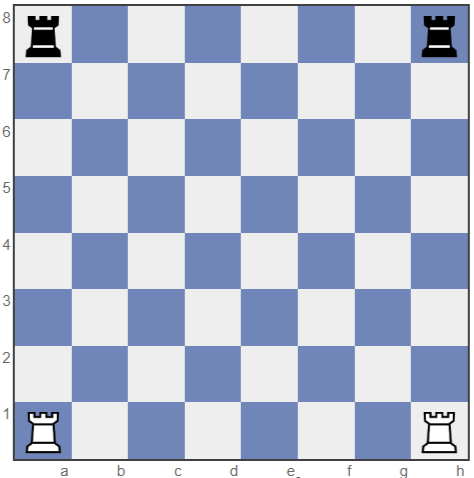
Starting Position of the Knights
Nestled next to the rooks are the gallant Knights, followed by the sharp-eyed Bishops.

Starting Position of the Queen
The regal Queen finds her spot on the remaining matching color square, ensuring she matches her fabulous attire to her throne.

Starting Position of the King
At her side, the King takes his rightful place, marking the beginning of the tactical battle that is a game of chess.

This classic starting position sets the stage for infinite possibilities, turning every chess game into a unique tactical puzzle waiting to be solved.
An unusual starting setup: Chess960 or Fischer Random Chess
Originally coined Fischer Random Chess after the renowned chess grandmaster Bobby Fischer, Chess960 throws conventional chess starting positions out of the window!
This variant features a unique setup where the back-row pieces are placed in one of 960 possible positions.

Imagine a game where your Knight could start next to the King or your Rooks aren’t confined to the corners.
Chess960 breathes fresh life into the game, pushing players to step outside their comfort zone and invent new strategies.
If you’re up for a chess challenge that breaks all boundaries, Chess960 is your game!
History of the Chess Pieces
Unraveling the riveting tale of chess, we travel back in time to 6th century India, the birthplace of this magnificent game.
Over the centuries, the game journeyed across different cultures, evolving and shaping the pieces we now recognize.
From the ancient Indian “Chaturanga”, with its elephants and chariots, to the Persian “Shatranj”, and finally to the contemporary game, the chess pieces have donned different personas, each reflecting the culture and era it passed through.
Ever puzzled over why the Knight is represented by a horse? Here’s your answer: it’s a charming nod to the knights of medieval Europe.
The Rook, initially depicted as a chariot, transformed into the castle turret, symbolizing a bastion of strength.
This rich history is not just a story about the game’s evolution but also a testament to how chess transcended borders, languages, and cultures, weaving a common thread among people around the globe.
Every move you make, every piece you capture, echoes a centuries-old tradition of strategy, patience, and intellect. Isn’t it fascinating to think about the legacy you participate in with each game of chess?
The Names of the Chess Pieces in Other Languages
As the game of chess journeyed across the globe, it picked up a linguistic wardrobe as diverse as the countries it touched.
Each language dresses the pieces in a unique guise, reflecting the linguistic richness and cultural flavor of the region.
For instance, let’s take a linguistic trip to Russia, where the Queen is fondly referred to as ‘ferz’. Jet over to sunny Italy, where the Bishop is known as ‘alfiere’.
And if you find yourself playing chess in Spain, remember to call the humble pawn a ‘peon’.
The linguistic diversity of chess piece names is a testament to the universal appeal of this fantastic game.
From the sunny beaches of Spain to the icy expanse of Russia, the shared vocabulary of chess has enabled people from all walks of life to sit across the chessboard, engaging in a silent conversation that transcends the language barrier.
So, the next time you move your ‘ferz’ or ‘peon’, remember, you’re sharing a linguistic bond with fellow chess lovers around the globe.
Special Moves of the Chess Pieces: En Passant, Castling, Promotion
As we delve deeper into the intriguing world of chess, we encounter moves that are the very essence of drama and surprise, giving the game an added dash of zest.
These are the special moves, the tactical game-changers that can twist the fate of a game.
En Passant in Chess
Our first stop is the elusive ‘en passant,’ a French phrase meaning ‘in passing’.
Picture this: a daring pawn strides two squares forward, but an opponent’s pawn lurks in ambush on an adjacent file.
In a flash, the lurking pawn leaps diagonally forward, capturing the bold stepper ‘in passing’!
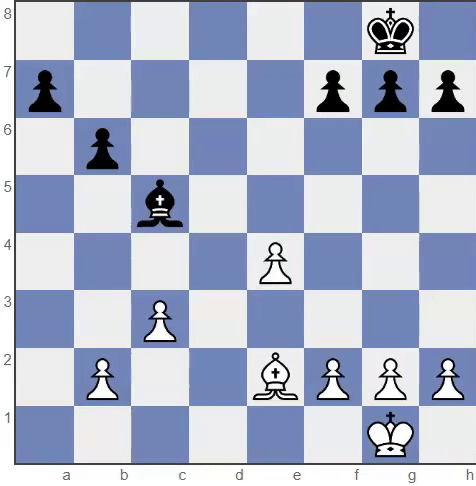
This pawn-to-pawn combat move, though rare, adds a layer of unpredictability to the game, spicing up the battlefield.
Castling in Chess
Next, we land on ‘castling,’ a brilliant defensive tactic and the only move that allows a player to move two pieces simultaneously.
In a grand switcheroo, the King hops two squares toward a Rook, and that Rook jumps over the King, landing right next to him.

This sleight-of-hand maneuver is a masterstroke, connecting the Rook and King while securing the King behind a protective wall of pawns.
Just remember, this can only be performed under specific conditions – none of the pieces involved should have moved before, and the King must not be in check or cross a square under attack.
Promotion in Chess
Our final destination is the ‘promotion,’ the heartwarming Cinderella story of the chessboard.
In this magical transformation, a pawn, on reaching the opponent’s end of the board, is promoted to any piece the player desires – a Queen, Rook, Bishop, or Knight.
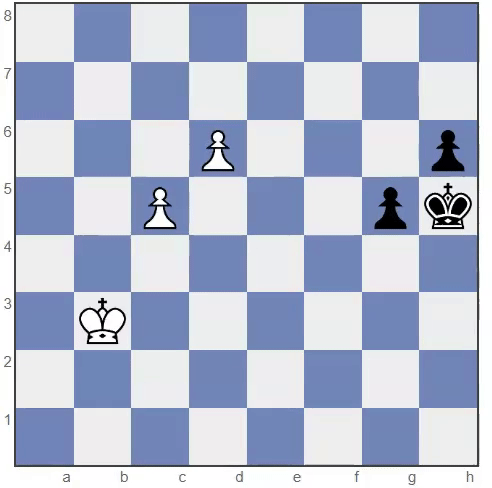
Most players opt for a Queen, given her vast range of movement and power, but sometimes a different piece may be a tactical choice.
These special moves are what make chess a mind-boggling game of endless possibilities and cunning tactics.
It’s not just about the pieces and their standard moves; it’s about understanding the game’s depth, using every tool in your arsenal, and surprising your opponent when they least expect it.
So, gear up, immerse yourself in our chess courses, and master these intriguing moves to add an extra edge to your gameplay.
Conclusion
So there you have it, folks! We’ve taken a whirlwind ride through the fascinating world of chess, unearthing the intriguing lore behind those 32 pieces that make up a game of chess.
We’ve traveled from their historical roots to their contemporary roles, explored their unique moves, dived into their strategic values, and delved into the heart-stopping thrill of special maneuvers.
But remember, this is merely the beginning of a journey that transcends centuries and cultures.
The magic of chess is not just in understanding the rules, it’s in mastering the art of strategy and tactics that makes the game truly captivating.
So why not leap right in and immerse yourself in our innovative chess courses?
Or get hands-on experience with our interactive tools designed to hone your chess skills. Whether you’re a novice or a seasoned player, there’s always something to learn, always a new strategy to discover.
In the immortal words of the legendary Grandmaster Savielly Tartakower, “Chess is a fairy tale of 1001 blunders.”
So make your move, dare to blunder, learn, and evolve.
Remember, in the enthralling world of chess, every move is a new story waiting to unfold.
